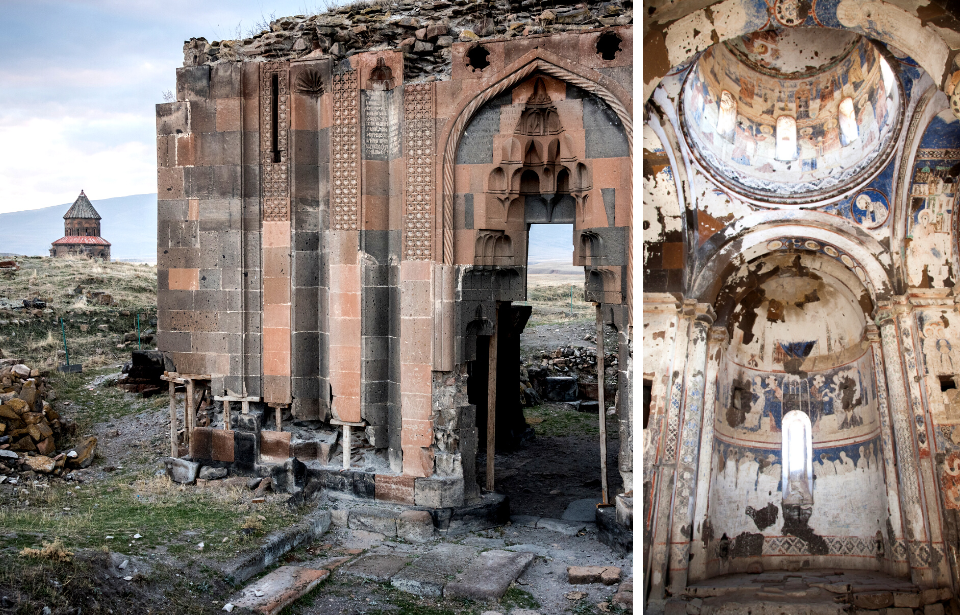The ancient city of Ani, located in present-day Turkey, was once a booming and thriving place with up to 100,000 residents. Ani was one of the centers of trade and business. Over the centuries, the city has seen prosperity and conflict, exchanging ownership multiple times in the course of its existence. However, the city now lies in a state of deterioration with efforts to preserve the once flourishing site underway.
The golden age of Ani
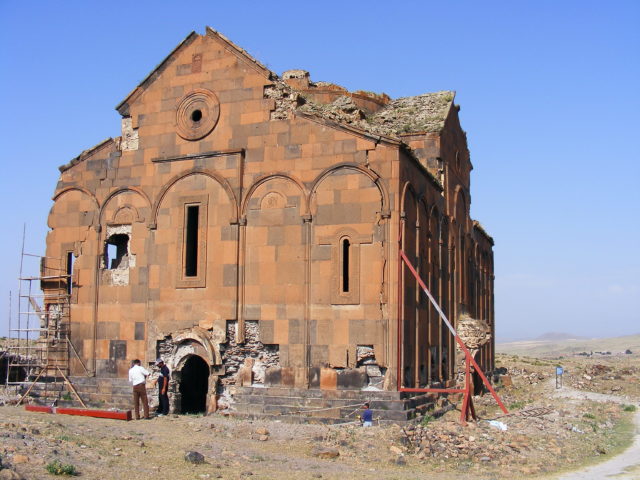
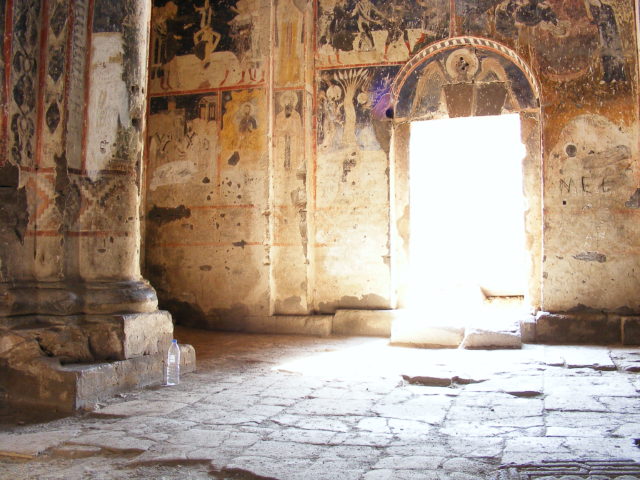
Ani was constructed by Armenian leaders and merchants more than 1,600 years ago. Positioned strategically along multiple trade routes, including the Silk Road, the city described as a “hilltop fortress” quickly flourished.
The city of Ani continued to grow over the years, eventually becoming the capital of the Armenian kingdom of Bagratid between 961 and 1045. King Ashot III ruled the city and brought forth a golden age of Ani. He erected grand churches and commissioned the finest artwork of the period. His efforts to bring vitality to the city helped earn him the nickname King Ashot the Merciful.
The Byzantines couldn’t conquer the city of Ani
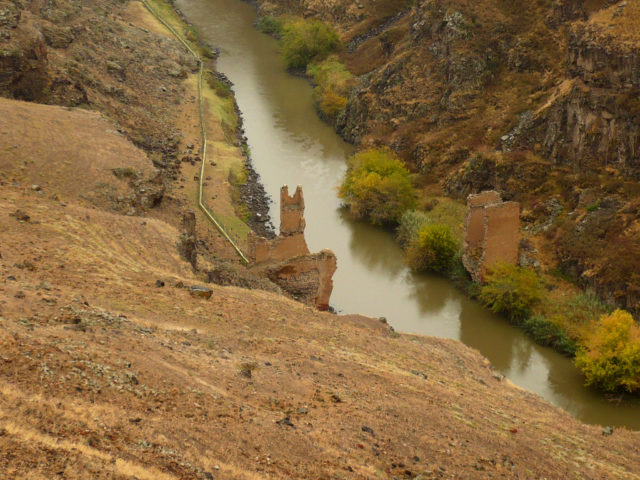
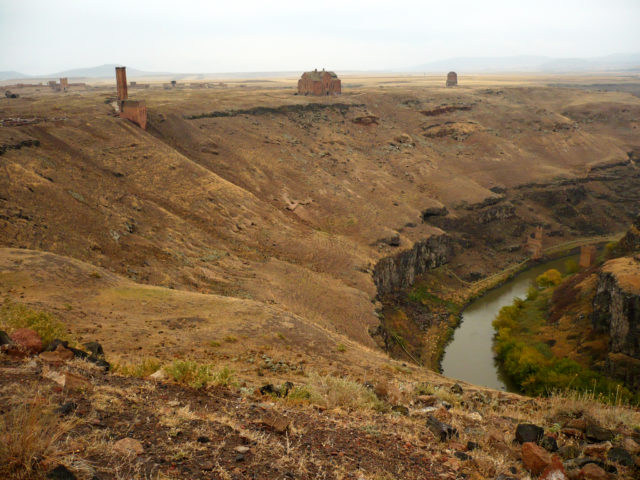
All of this prosperity brought conflict, as outsiders wished to conquer the city and gain that wealth for themselves. This notably included the Byzantine Empire, which in 1042 started what’s known as the Battle of Ani.
The Byzantine Emperor planted an Armenian rebel in the city and helped them gain support in overthrowing the ruler Vahram Pahlavouni. This Armenian rebel was able to establish a solid following, however, Pahlavouni had also amassed approximately 50,000 men to back him in a fight against the Byzantines.
The battle was full of bloodshed, but ultimately Pahlavouni was successful in fighting off the Byzantines. Legend says that the Akhurian River ran crimson with the blood of those who were wounded or killed during the ferocious war.
Relentless invasions thereafter

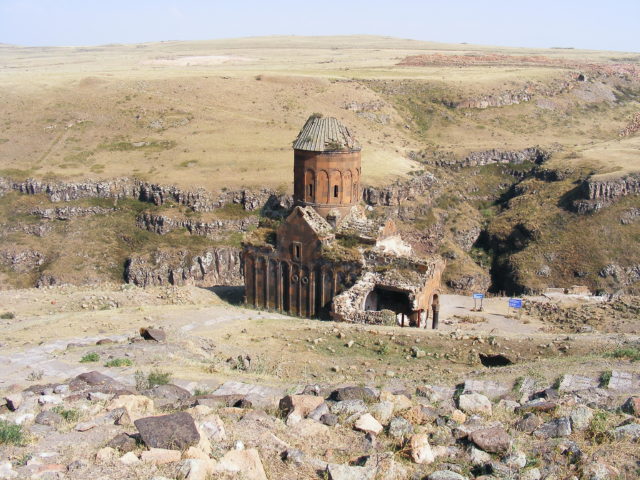
Unfortunately for the citizens of Ani, the Byzantines were not the only ones to recognize the value of the flourishing city. Over the course of several centuries, the Byzantines, Ottoman Turks, nomadic Kurds, Georgians, and Russians all made attempts to capture the city. Many of them were successful in doing so.
From 1046, following the death of Pahlavouni, all the way until the 18th century, the city of Ani was repeatedly conquered.
A battle, a natural disaster, and the final decline of Ani
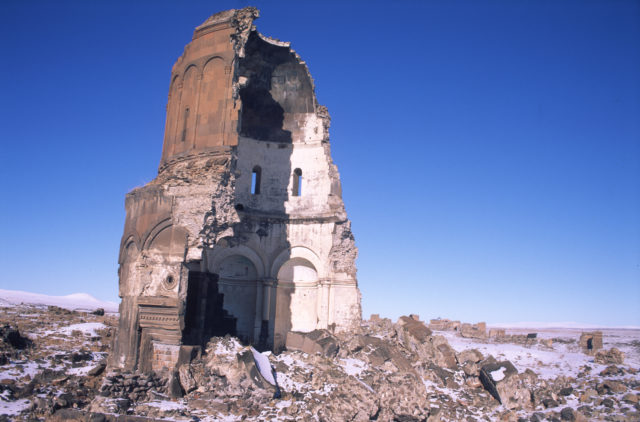
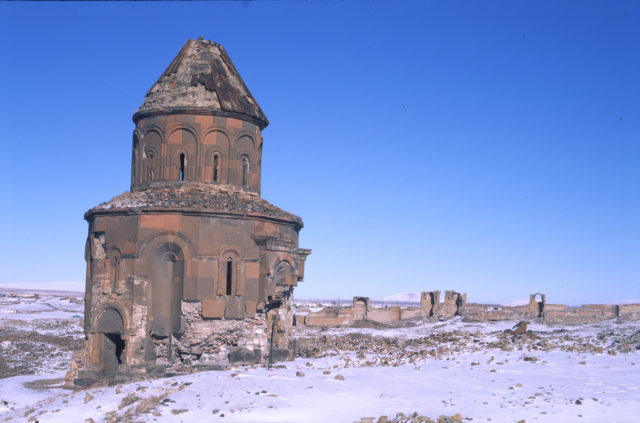
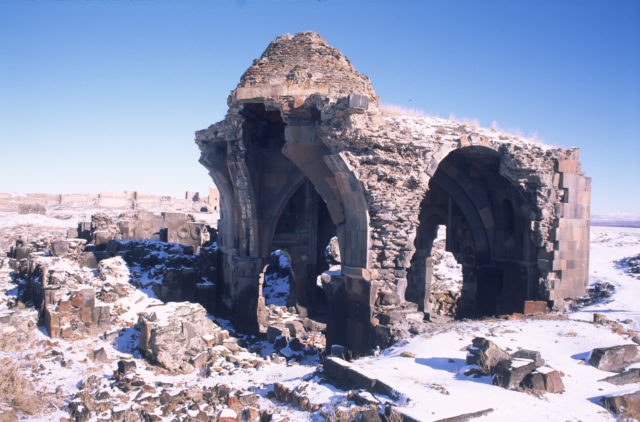
It was when the Mongols invaded and captured Ani in the 14th century that the city saw its final decline. The Mongols’ invasion began in 1237 and in the late 14th century, Ani was taken by the Turco-Mongol conqueror Tamerlane. By this point, however, the city was already on the verge of collapse.
In 1319, Ani was victim to an earthquake that struck hard and damaged many of the beautiful structures that made the city so remarkable. Due to this natural disaster, many of the rural areas surrounding the city were abandoned. Residents living inside Ani’s walls ultimately emigrated and abandoned the once thriving city.
Modern efforts to restore and maintain the ancient city
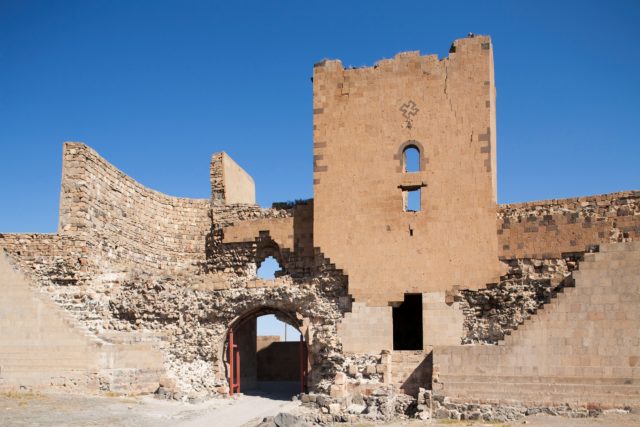
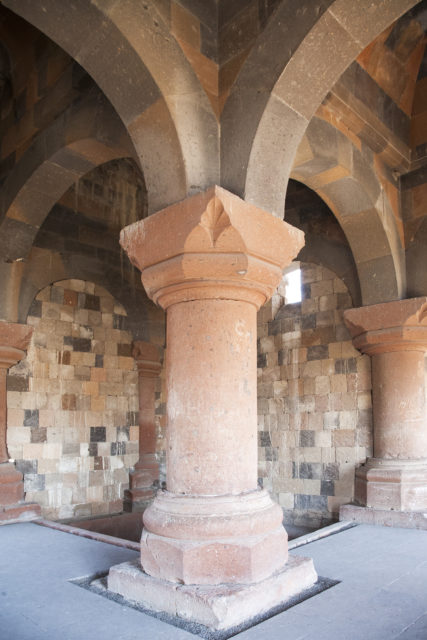
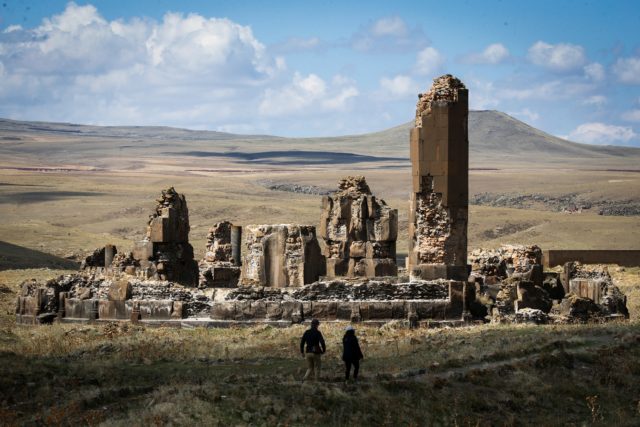
During the 19th century, a renewed interest in the city of Ani sparked an increase in European travel to Armenia by people who romanticized the ruins. However, the beginning of the First World War brought an end to leisure tourism in the area and it was once again abandoned. In 2004, the Turkish Ministry of Culture took over ownership of the site and opened the city to the public, with the ancient site now seeing over 34,000 tourists annually.
More from us: Derinkuyu: The Cavernous Underground City That Was Unearthed in a Turkish Basement
Ani Archaeological Site was added to the UNESCO World Heritage List in 2016. What remains of the city of Ani is an example of the extraordinary quality of Armenian stonework dating all the way back to the Middle Ages.
